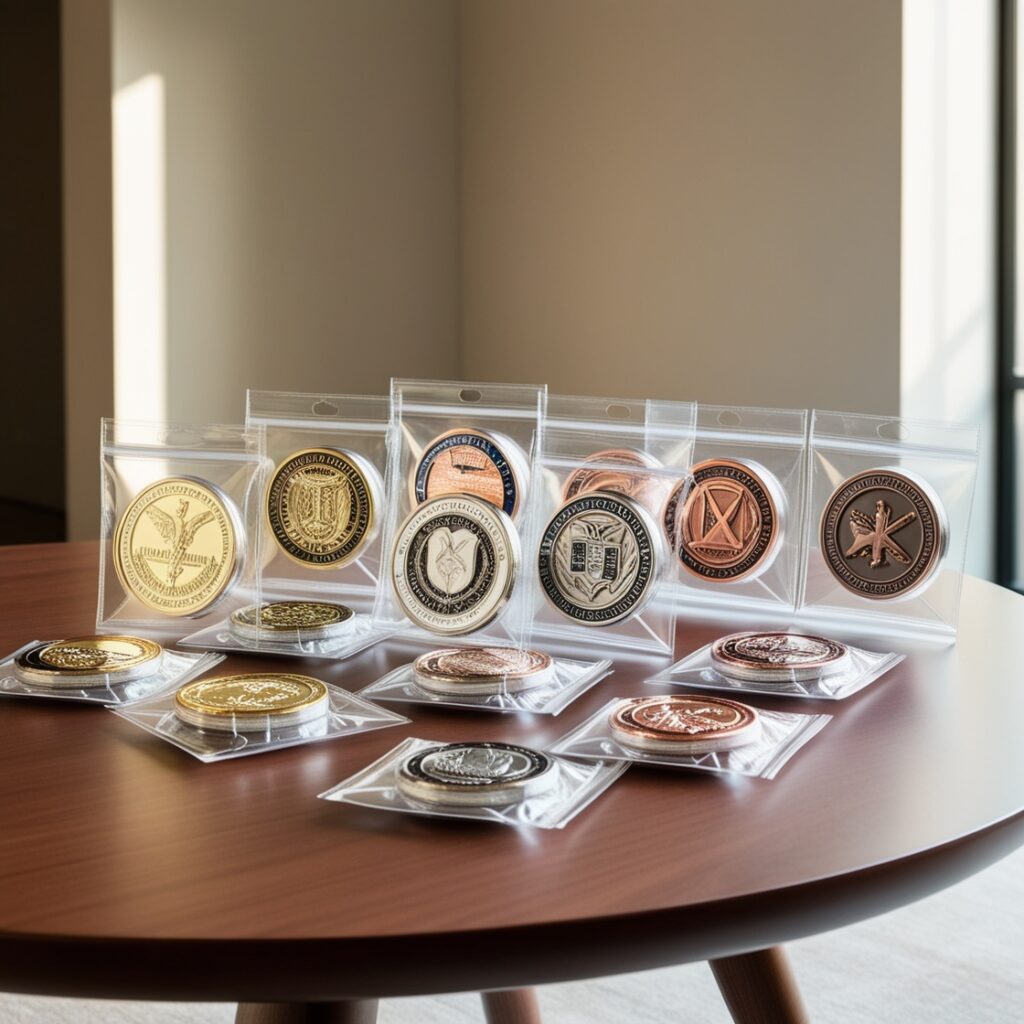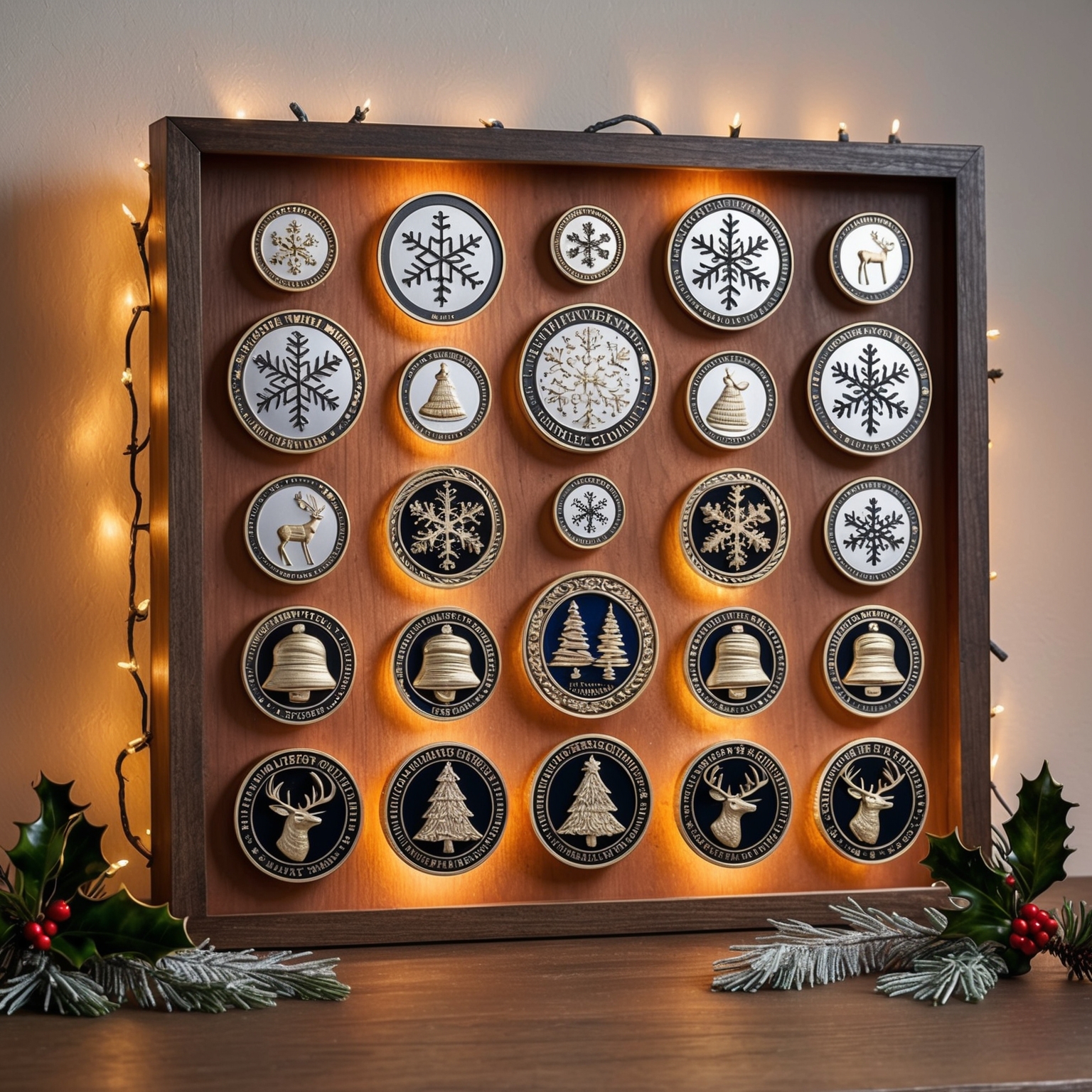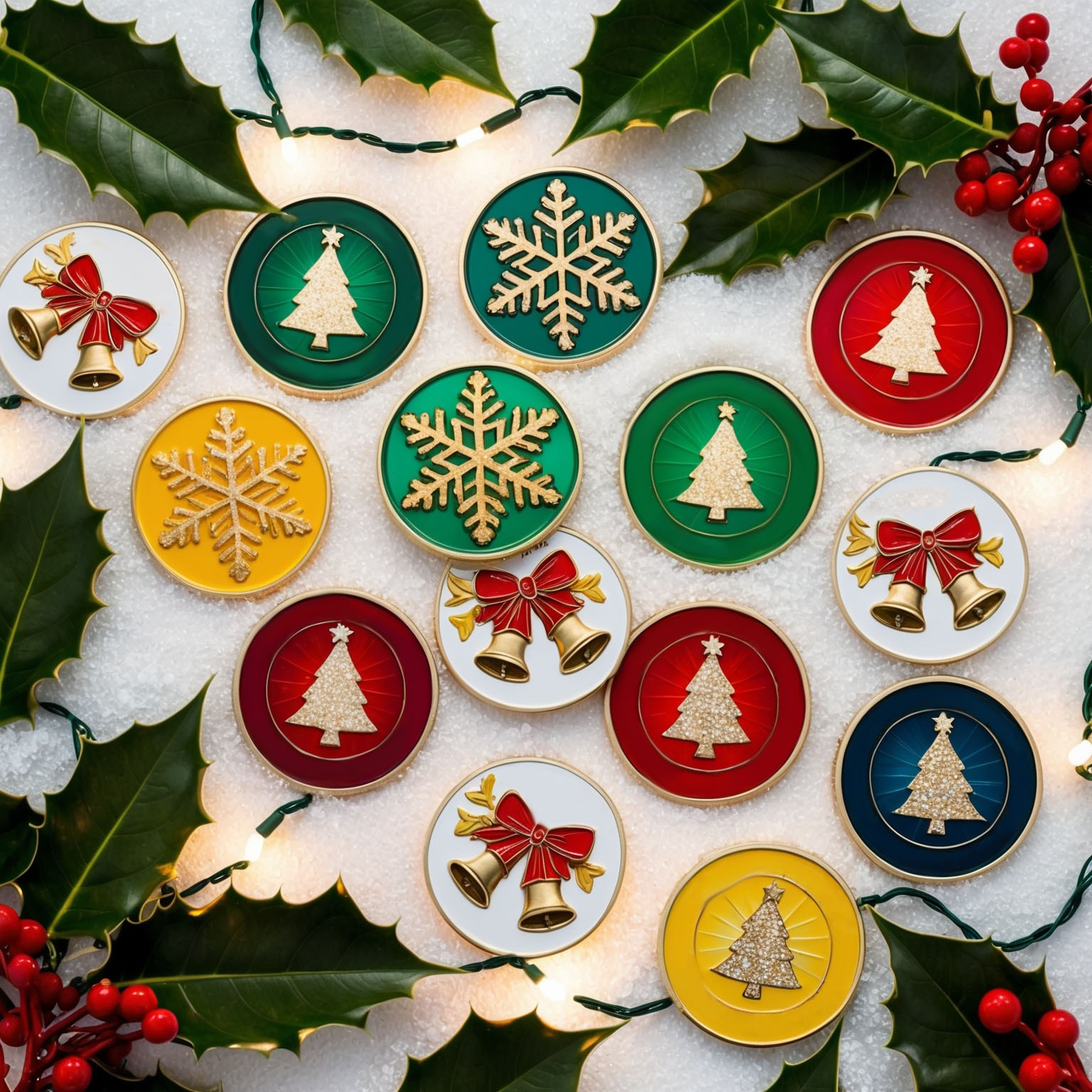Imagine standing in formation with your fellow service members, the weight of your uniform heavy on your shoulders, the sounds of disciplined footsteps echoing around you. Suddenly, your commanding officer approaches and hands you a small, intricately designed coin. This is no ordinary coin—it’s a military challenge coin, a symbol of honor, camaraderie, and shared sacrifice. This coin tells a story, one of dedication and service, and it connects you to a tradition that spans generations. But what makes military challenge coins so special, and how have they come to hold such significant meaning? Let’s dive into the sacred tradition of military challenge coins, exploring their history, significance, and the powerful ways they honor service.
Military challenge coins have a rich and storied history, originating from a need to foster unity and recognize the valor of those who serve. These small, yet powerful tokens have evolved from their military roots to become symbols of honor and camaraderie in various sectors. This article explores the sacred tradition of military challenge coins, addresses common misconceptions, and provides insights into their enduring significance.
The Rich History of Military Challenge Coins
1. Origins and Early Uses
A Tradition Begins:
The tradition of military challenge coins dates back to World War I, though their exact origins are somewhat shrouded in mystery and legend. One of the most popular stories involves an American lieutenant who ordered bronze medallions for his unit. This lieutenant, who was wealthy and wanted to create a token of unity and camaraderie, had these coins struck with the squadron’s emblem. Each member of his unit received one of these medallions as a memento of their service together.
One of the most enduring tales of the challenge coin involves a young pilot in this squadron who was shot down behind enemy lines and captured by German forces. The Germans confiscated all his personal belongings, leaving him with only a small leather pouch around his neck that contained his medallion. The pilot eventually escaped and made his way to a French outpost, where he was initially mistaken for a German spy and faced execution. In a desperate attempt to prove his identity, he showed his medallion to his would-be executioners. Recognizing the squadron insignia, the French delayed his execution long enough to verify his identity, ultimately saving his life. This story underscores the medallion’s significance as a symbol of identity and unity among service members .
World War II and Beyond:
The use of challenge coins became more widespread during World War II. American military personnel in various branches began creating and exchanging coins to foster morale and camaraderie. These early coins were often simple, featuring the unit’s emblem or insignia, and were given out to recognize service or to commemorate significant events.
- Example: During World War II, American military personnel began using challenge coins more broadly to build morale. These coins often featured the unit’s insignia and were used to commemorate significant events or achievements. For instance, paratroopers might receive a coin for completing their jumps or for participating in key operations .
Vietnam War Era:
The tradition continued to grow during the Vietnam War. Soldiers would exchange coins to signify membership in elite groups or to commemorate shared experiences in combat. The coins served as a tangible reminder of their service and the bonds formed under fire.
- Example: Special Forces units in Vietnam often created and exchanged coins to foster a sense of unity and to recognize the unique challenges they faced. These coins became cherished keepsakes that symbolized the intense camaraderie and the shared experiences of war .
Modern Military Use:
Today, challenge coins are an integral part of military culture across all branches of the U.S. armed forces, as well as in many other countries. They are used to recognize a wide range of achievements, from acts of valor to outstanding service and significant milestones. Each coin is uniquely designed to reflect the specific unit, mission, or individual achievement it commemorates.
- Example: In modern times, military leaders often have their own custom coins, which they present to service members to recognize exceptional service. The President of the United States, the Secretary of Defense, and other high-ranking officials have their own challenge coins, which are highly coveted by service members who receive them as a mark of honor .
Evolution and Significance
Design and Personalization:
The design of challenge coins has evolved significantly since their inception. Early coins were simple, but modern coins are often highly detailed, featuring intricate designs, multiple colors, and personalized elements. This evolution reflects the growing importance of these coins as symbols of recognition and pride.
- Example: Modern challenge coins might include the unit’s insignia, a depiction of a significant event, and even personal messages from commanding officers. This level of detail and personalization makes each coin a unique token of appreciation.
Rituals and Traditions:
Challenge coins are often exchanged or presented in a formal ceremony, adding to their significance. The act of giving and receiving a coin is imbued with meaning, symbolizing honor, respect, and mutual recognition.
- Example: It is common for a military leader to present a challenge coin with a handshake, passing the coin discreetly from hand to hand. This tradition adds a personal touch to the recognition, making the moment memorable for both the giver and the recipient.
The Significance of Military Challenge Coins
1. Symbols of Honor and Recognition
Recognizing Valor:
Military challenge coins are awarded to recognize acts of valor, outstanding service, and significant achievements. Each coin is unique, often customized to reflect the specific unit, mission, or achievement it commemorates.
- Example: A challenge coin awarded for bravery in combat might feature the unit’s insignia, the mission’s name, and a motto or symbol representing the act of valor.
Some may feel that coins are insufficient recognition for acts of valor.
Solution:
Challenge coins are often presented alongside other forms of recognition, such as medals or commendations. Their value lies in their symbolic representation of honor and the personal connection they create between the giver and the recipient.
2. Fostering Camaraderie and Unity
Building Bonds:
Challenge coins help build camaraderie and unity among service members. Carrying and exchanging these coins fosters a sense of belonging and mutual respect within the military community.
- Example: Service members might challenge each other to produce their coins in social settings, reinforcing their bond and shared experiences.
Concerns that challenge coins might be seen as trivial.
Solution:
The ritual of exchanging and challenging with coins adds to their significance. This tradition enhances the sense of camaraderie and creates lasting memories, making the coins more than just collectibles.
The Tradition of Presenting Military Challenge Coins
1. Ceremonial Presentations
Adding Gravitas:
The presentation of challenge coins is often done in a formal and ceremonial manner, adding to their significance. This can occur during promotions, award ceremonies, or at the conclusion of significant missions.
- Example: A commanding officer might present challenge coins during a promotion ceremony, recognizing the service member’s dedication and achievement in front of their peers.
Concerns about the formality of the presentation.
Solution:
While formal presentations add gravitas, challenge coins can also be given in more personal and informal settings, allowing for flexibility in their use.
2. Personal Touch and Customization
Unique Designs:
Each military challenge coin is uniquely designed to reflect the specific unit, mission, or individual achievement it commemorates. This personalization makes the coin a cherished and meaningful token for the recipient.
- Example: A coin designed for a specific mission might include symbols relevant to the operation, the date, and a personalized message from the commanding officer.
Concerns about the complexity and cost of custom designs.
Solution:
Many custom coin manufacturers offer design services to help create impactful coins within budget. The value these coins provide in terms of recognition and morale often justifies the investment.
Exploring Future Trends
Innovations in Challenge Coins:
Explore future trends such as incorporating digital elements or leveraging social media. Innovations like QR codes linking to personalized messages or online galleries can enhance the coins’ impact.
- Example: A QR code on a challenge coin could link to a video message from the unit commander, adding a personal touch and further commemorating the achievement.
Conclusion
Military challenge coins are more than just pieces of metal; they are powerful symbols of honor, camaraderie, and shared sacrifice. By thoughtfully designing and presenting these coins, military units can honor the service and dedication of their members in a meaningful way. Embrace the tradition of military challenge coins to foster a sense of belonging and recognize the valor and achievements of those who serve.
By understanding and embracing the tradition of military challenge coins, we can continue to honor and celebrate the service of military members, ensuring that their dedication and sacrifices are remembered and appreciated.
If you are interested in purchasing high-quality custom challenge coins you can call us at 877-885-2497 or fill out one of our FREE QUOTE FORMS.



